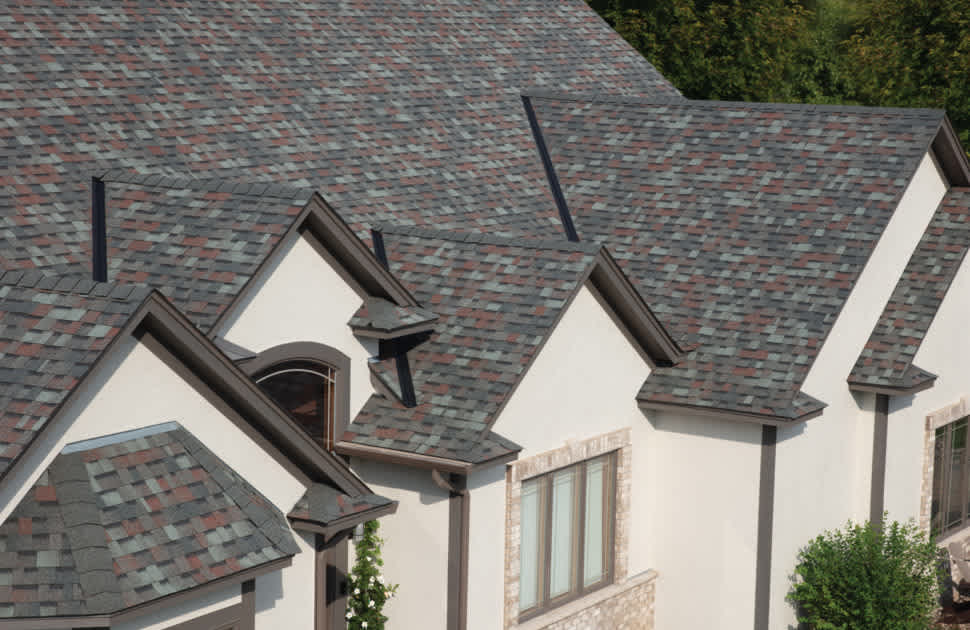Architectural Roofing

When designing or renovating a building, the choice of roofing material plays a significant role in both aesthetics and functionality. In this reference article, we explore the world of architectural roofing, highlighting its importance, materials, factors to consider, installation, and maintenance practices to get reference.
- Introduction to Architectural Roofing
A. Definition and Characteristics
Architectural roofing refers to the design and construction of roofs that not only provide protection but also enhance the overall aesthetics of a building. These roofs often feature unique shapes, textures, and materials, adding visual interest to the architectural design.
B. Importance of Architectural Roofing in Building Design
Architectural roofing is essential for creating a cohesive and visually appealing building design. It contributes to the overall style and character of a structure, reflecting the architect’s vision and the building’s purpose.
C. Trends and Innovations in Architectural Roofing Materials
The field of architectural roofing is constantly evolving, with new materials and technologies emerging to meet the demands of modern building design. Innovations in roofing materials focus on durability, sustainability, and aesthetic versatility.
II. Types of Architectural Roofing Materials
A. Asphalt Shingles
Asphalt shingles are one of the most common roofing materials, known for their affordability and ease of installation. They come in a variety of compositions and styles, ranging from traditional three-tab shingles to architectural or dimensional shingles that mimic the look of wood or slate.
B. Metal Roofing
Metal roofing offers durability, longevity, and a modern aesthetic appeal. It comes in various materials such as steel, aluminum, copper, and zinc, each offering unique benefits in terms of durability, energy efficiency, and design flexibility.
C. Slate and Tile Roofing
Slate and tile roofing are renowned for their timeless elegance and durability. Natural stone and clay tiles provide excellent resistance to fire, moisture, and pests, making them ideal for long-lasting roofing solutions in both traditional and contemporary architectural designs.
III. Factors to Consider When Choosing Architectural Roofing
A. Climate and Weather Conditions
The climate of the region plays a crucial role in determining the most suitable roofing material. Roofing materials should be selected based on their ability to withstand local weather conditions, including high winds, heavy rainfall, extreme temperatures, and UV exposure.
B. Architectural Style and Aesthetics
Roofing materials should complement the architectural style of the building and enhance its overall aesthetic appeal. Factors such as color, texture, and shape should be considered to achieve visual harmony and curb appeal.
C. Budget and Long-Term Investment
While upfront cost is an important consideration, it’s essential to assess the long-term investment value of roofing materials. Factors such as lifecycle cost, maintenance requirements, and durability should be weighed against the initial budget constraints.
IV. Installation and Maintenance of Architectural Roofing
A. Professional Installation Practices
Proper installation is crucial for the performance and longevity of architectural roofing systems. It’s essential to hire skilled roofing contractors who are experienced in installing the chosen roofing material and follow industry best practices.
B. Routine Maintenance and Inspection
Regular maintenance and inspection are necessary to ensure the continued performance and durability of architectural roofing systems. Tasks such as cleaning debris, checking for damage, and repairing minor issues should be performed regularly to prevent costly repairs.
C. Sustainable Practices and Green Roofing Solutions
Incorporating sustainable practices and green roofing solutions can enhance the environmental performance of architectural roofing systems. Options such as cool roofs, green roofs, and solar roofing can contribute to energy efficiency, reduce environmental impact, and promote sustainability in building design.
V. Conclusion: Enhancing Building Design with Architectural Roofing
Architectural roofing plays a crucial role in enhancing the visual appeal, functionality, and sustainability of building design. By carefully selecting the right roofing material, considering local climate conditions, and implementing proper installation and maintenance practices, architects and building owners can create durable, beautiful, and environmentally responsible roofing solutions.



